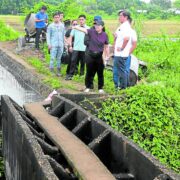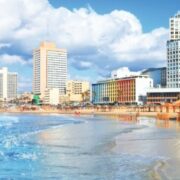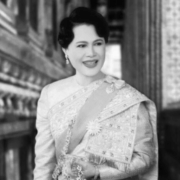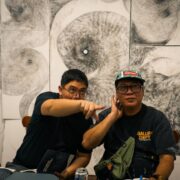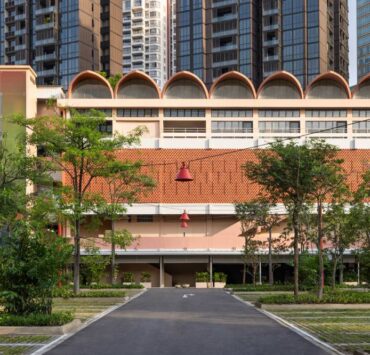A ‘parol’-buying—and eating—trip to Pampanga

I had the most pleasant parol-buying trip last week. I phoned a friend, Ruston Banal, an author and culture and heritage advocate who hails from Guagua, to accompany me around Pampanga.
Our chitchat swiftly moved to what I wanted to eat. On my list were three kinds of sisig, humba, tibok-tibok and a slew of other dishes. I then realized that to partake of all I was craving for required friends.
My supposed solitary trip turned into a mini excursion, which was perfect, as food is meant to be shared.
Our first stop was the Giant Lantern Festival Center in San Fernando. I just had to know how parol came to be.
The parol has its roots in Kapampangan religious tradition as a symbol of the star of Bethlehem. The word “parol” comes from the Spanish “farol.”
It is believed that the Lubasen Festival in San Fernando is behind the parol as we know it today, with devotees during the festival’s procession carrying 13 paper lanterns mounted on bamboo poles.
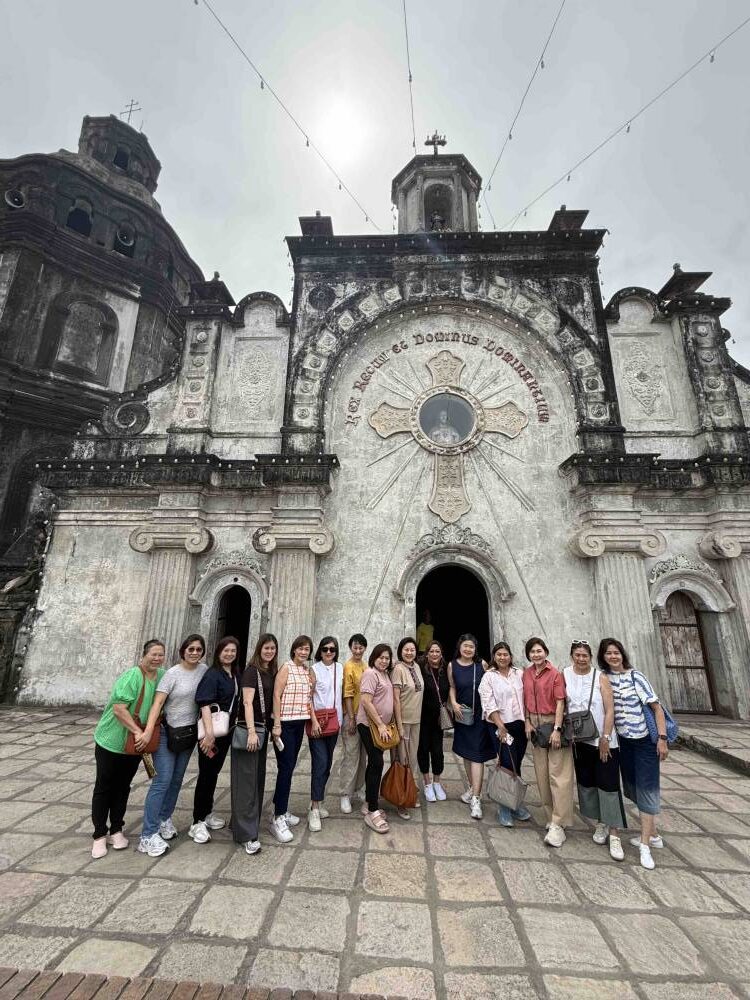
The cross-shaped lantern symbolized Christ, and the star-shaped ones his apostles. From within, the lanterns were lit with candles or lamps.
A larger lantern served as an aesthetic backdrop to the patron saint as it was being marched around town on a carroza.
It was this fiesta, and later the Ligligan Parul—a parol contest held in San Fernando on Christmas Eve—that established Pampanga as the home of parol artisans and the giant lantern.
From San Fernando, we drove to a remote little village in Sta. Lucia, traversing little streets that led to a parol-making community. We were in awe of the numerous made-to-order parol from different municipalities from all over the Philippines.
‘Halo-halo’ and ‘pitichan’
After purchasing our lanterns that seemed puny compared to the giant parols being made in the area, we had morning snacks at Razon’s, where we were met by Christine Cabrera, whose great-grandmother’s halo-halo remains the favorite of many.
We matched our halo-halo with their pancit palabok and pitichan (a precolonial delicacy and a superior kind of chicharon, in my opinion).
The pitichan at Razon’s was so tender and easy on the teeth. It is made by boiling the pork till the fat is extracted. The pork is then kept in bottles to age in its own oil for five days. It is then refried before serving, using the same oil it was cooked and submerged in.
The pitichan was served with a special vinegar that brilliantly cut through the fat.
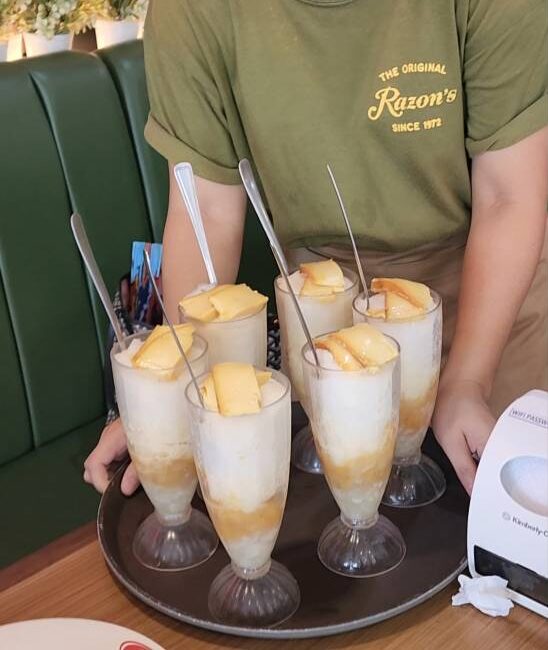

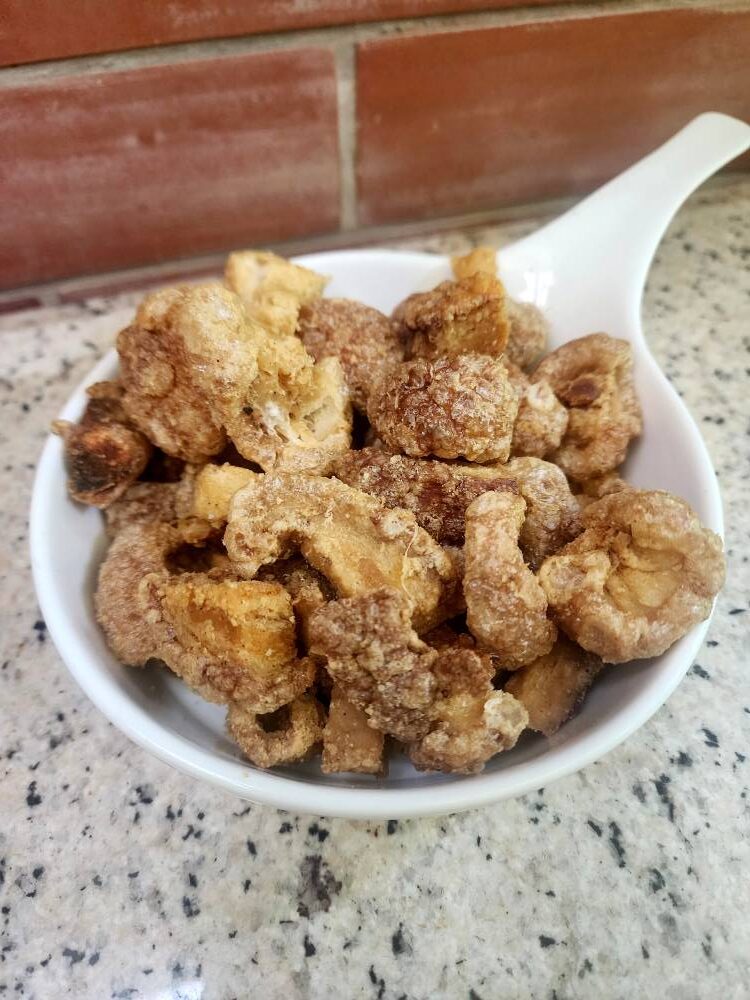
Content, we left to visit ecclesiastical artist and presidential medal of merit awardee Willy Layug. Seeing him brought back so many happy memories. As a young artist, Layug worked closely with my father. His hands created the majestic life-size statues for our Semana Santa procession in Agoo, La Union.
From his workshop, Layug took us to his soon-to-be museum that will house his works. It will also be a a place of learning for sculptors and painters.
We said our prayers and relished the splendor of Betis Church, declared a national cultural treasure by the National Commission for Culture and the Arts.
Consecrated in 1770, the Baroque-style church has been untouched by the forces of nature.
The retablo is most ornate, and the religious frescoes on the ceiling and the murals on the walls painted by local artisans are breathtaking.
Amazingly, the floor of wooden planks remains intact.
Themed meal
Our next destination was the Church of San Guillermo in Bacolor, Pampanga, famous for being submerged in lahar.
San Guillermo has its distinct charm. The Augustinian church showcased its grandeur despite being submerged in over 20 feet of lahar. Only its upper niches remain.
The retablo was dug and refurbished into what it is today.
Oh, to have seen it as it was, with the Blessed Sacrament half buried yet still standing in full glory — a reminder of how we should keep the faith, despite life’s challenges.
It was time for lunch at Apag Marangle. The menu for our visit was a gustatory delight—meticulously discussed and crafted by Cherry Pasion Tan, Ruston, and myself.
Since it is not often that we find ourselves in Pampanga, we felt we had to savor as much of their cooking as we could.
Our lunch theme was Breakfast, Lunch, Merienda, and Dinner.
Breakfast was Agahan sa Bukid, Lunch was Mga Kalutong Kapampangan, Merienda was Kakanin, and Dinner was Noche Buena.
I gathered from Ruston that many Kapampangan dishes find significance in rituals.
“Our relationship with the church, particularly the Catholic religion, made us prepare food that comes from the church. The priests, in olden times, had locals prepare their meals, so it is assumed that the dishes had their blessings.”
Ruston was also quick to point out that contrary to what is believed, Kapampangan food is not greatly influenced by the Spaniards alone. It is, in fact, influenced by the Chinese mestizos through assimilation.
The culinary history of Pampanga had its genesis in Guagua, because of its access and proximity to the river. In the olden days, the trade route was between Guagua and Manila Bay, thus the many culinary creations that were born in the area.
(To be continued.)
www.reggieaspiras.com @iamreggieaspiras on IG & FB



